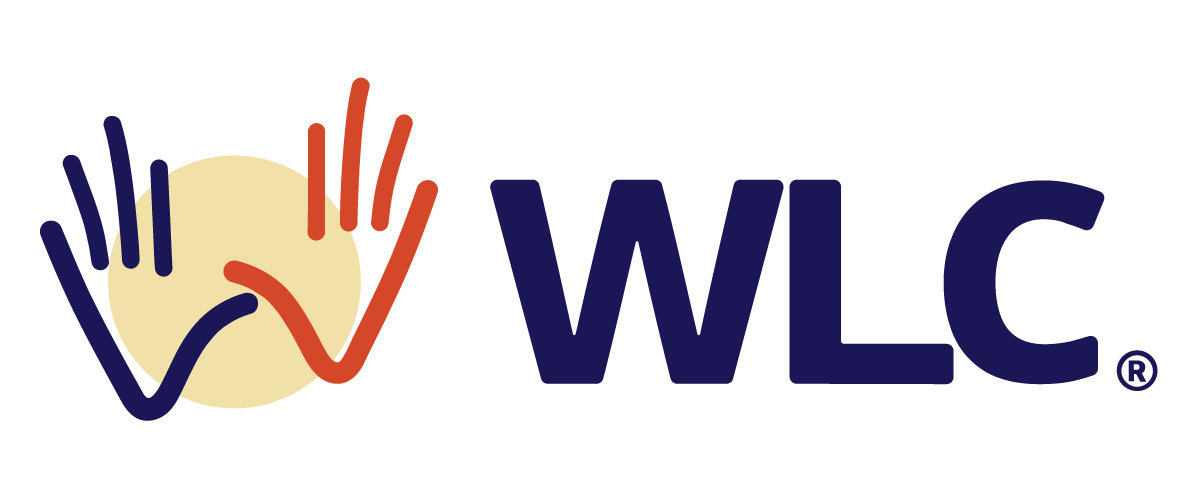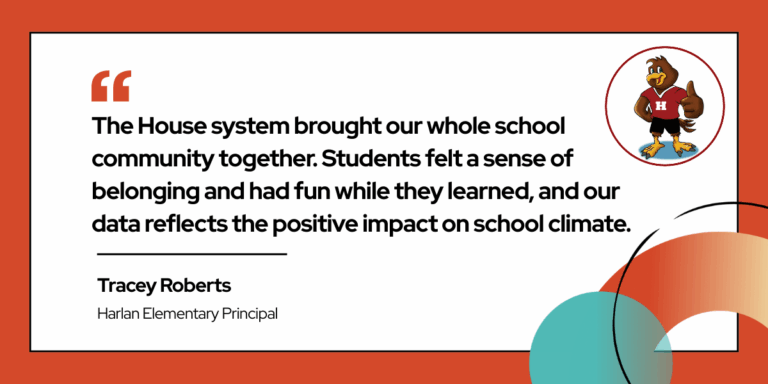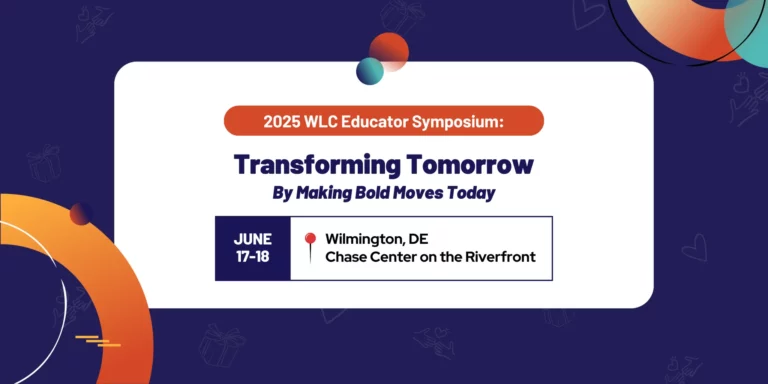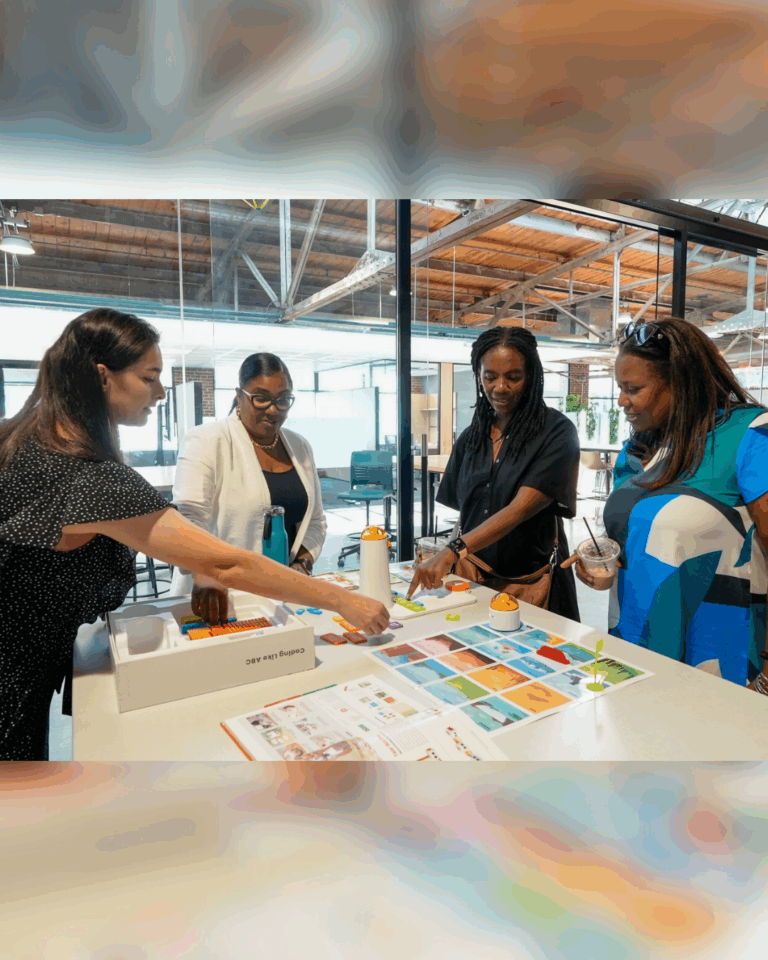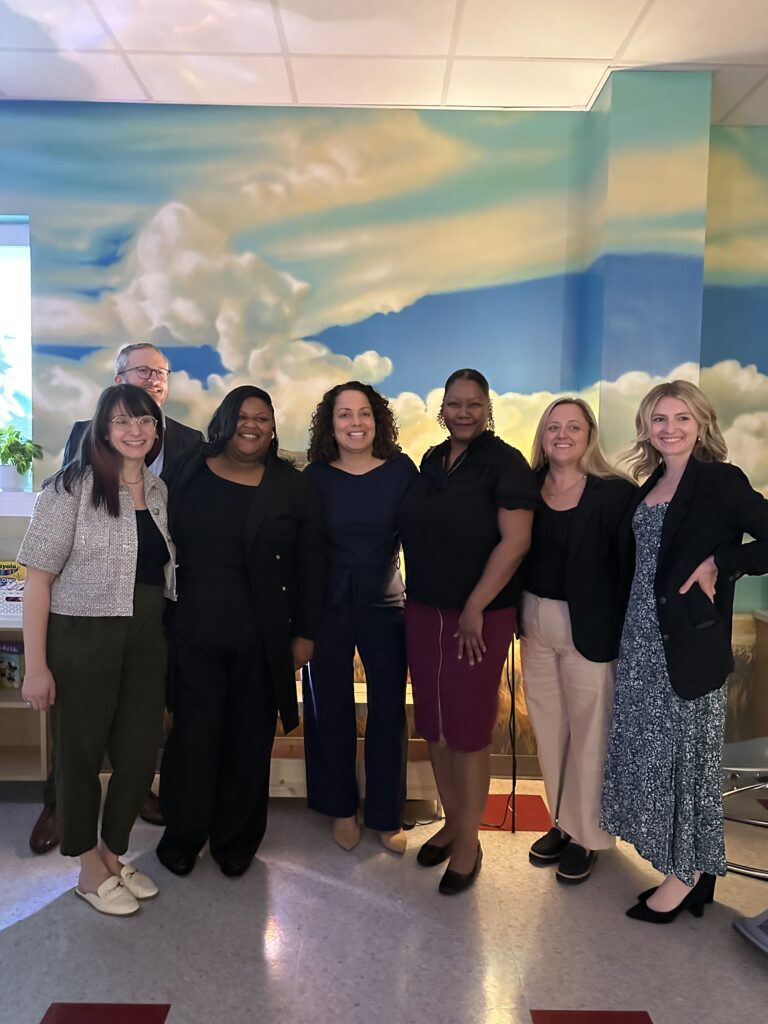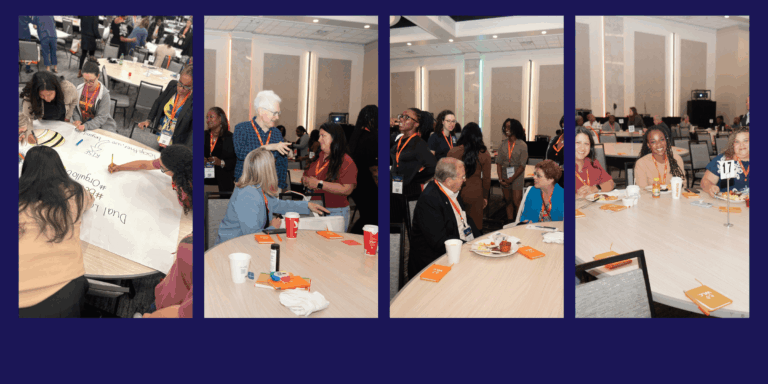Strength in Alignment: How Wilmington’s Education Efforts are Working Together for Lasting Change
Over the last several decades, Wilmington has seen no shortage of efforts aimed at improving educational outcomes for city students. Initiatives like the Neighborhood Schools Act and the Wilmington Education Improvement Commission were designed to drive progress, but their outcomes were mixed, and in some cases, deepened existing challenges. But a new phase is emerging. One marked not by competition between ideas, but by alignment, collaboration, and shared urgency.
Today, initiatives like the Wilmington Learning Collaborative (WLC), the Redding Consortium for Educational Equity, and the newly formed Wilmington Office of Educational Advocacy aren’t just coexisting but complementing one another. WLC Executive Director, Dr. Laura Burgos, explains why this alignment represents a new approach and a new path forward.
“We see all these pieces coming together, and it feels like now is the time,” she said. “In the past, there have been isolated efforts, and now we see these existing efforts that are by no means competing efforts, but are force multipliers.”
Distinct Roles, Shared Purpose
Each initiative brings a unique lens and set of capabilities, yet they share a common goal: better outcomes for Wilmington’s students. Together, they make a compelling case for why continued support from the state and broader community is essential.
The Wilmington Learning Collaborative (WLC) is embedded in the day-to-day realities of public schools. It’s designed to accelerate student outcomes by increasing decision-making power at the school level.
The Redding Consortium for Educational Equity is charged with recommending policies and practices to advance equity for students in Wilmington and across northern New Castle County. Its focus is on long-term, systemic change through statewide advocacy and legislative action.
The Wilmington Office of Educational Advocacy, a new initiative led by the City Council, represents a growing commitment to elevating family voices and lived experience in education decisions.
How Alignment Works—and Why It Matters
While each effort has a distinct focus, their shared goals create opportunities for meaningful collaboration. The Redding Consortium has advanced policies to improve teacher recruitment and retention, including a scholarship program for aspiring educators. The WLC complements this by supporting existing educators and helping prospective teachers prepare for the PRAXIS exam, even covering the cost in many cases.
Together, these initiatives are addressing challenges from multiple angles: the Consortium at the systems level, the WLC at the school level, and the Office of Educational Advocacy by elevating family and community perspectives. Rather than working in silos, each group is intentionally aligning its efforts, creating a stronger and more unified approach to lasting change.
“This is not a power struggle at all,” Dr. Burgos explains. “We all want the same thing, and we’re working at different levels of proximity and access to arrive there.”
Director for the Office of Educational Advocacy, Dr. LaRetha Odumosu, agrees.
“Collaboration is going to be key to our success as a community,” Dr. Odumosu said. “There is a pure desire for improved student outcomes in the City of Wilmington, and getting there will not be the effort of one group, but the combined efforts of all groups – working strategically, working consistently, and working together.”
A Long-Term Blueprint for Transformation
This moment of progress is promising, but without long-term planning, stable funding, and ongoing collaboration, it risks stalling before real impact can be realized. As federal education resources become less certain, protecting investments like the WLC becomes even more urgent.
If supported and scaled with intention, the WLC has the potential to become a statewide model for cross-district collaboration and community-centered education reform. Dr. Burgos envisions a design hub where promising practices can take root and be adapted in other parts of Delaware and beyond. Still, realizing that vision depends on a collective commitment: from policymakers who prioritize continuity, to education leaders who embrace shared learning, as well as families and communities who continue to advocate for what students deserve.
Dr. Burgos stresses the importance of long-term investment:
“It took us years to arrive at the conditions we are experiencing within the Wilmington education ecosystem,” she says. “Changing the narrative will require us staying the course. At a time when education funding is under threat, and the U.S. Department of Education is being downsized, reliance on collective impact efforts will be a necessity.”
Staying the Course Together
Wilmington’s education leaders are united by a shared dedication to improving outcomes, even in the face of complex challenges.
As Redding Consortium Co-Chair, Senator S. Elizabeth Lockman, puts it, “True progress for Wilmington’s students depends on alignment, not siloed ambition. Because no single initiative is working alone, our collective reach is broader, and the depth of our planning is stronger—rooted in evidence, community experience, and decades of calls for change. Together, with sustained state support, we are finally positioned to deliver the kind of real solutions our students deserve.”
What gives Dr. Burgos hope is witnessing the unwavering commitment of Wilmington’s education leaders through years of challenges. Their willingness to collaborate openly, confront tough decisions, and pursue better outcomes shows that real transformation is not just possible, it’s already underway.
As she reflects, “We all have something to contribute. We all have learned lessons in this work. There’s a willingness to share and to be transparent. I see many leaders in this space staying the course. Everyone is really trying to remain solution-oriented, and we are unwavering in our commitment to reimagining Wilmington education.”
